Beautiful, captivating, intelligent, and majestic, blue and gold macaws are one of the most popular large parrots. These brightly colored beauties have much more to offer than just a pretty face; they are full of personality and comical charm. They are one of the more recognizable birds in the world and are an extraordinary pet for people who can handle a large parrot that demands attention.
Species Overview
Common Names: Blue and gold macaw, blue and yellow macaw
Scientific Name: Ara ararauna
Adult Size: 33 inches from beak to tail feathers, wingspan can reach 40 inches or more, and they typically weigh over 2 pounds
Life Expectancy: Can live 60 or more years, although most live about 30 years; some blue and golds have lived up to 100 or more
Origin and History
In the wild, blue and gold macaws enjoy a wide range from Panama in Central America, extending into almost every country of northern South America. They have also been introduced in Puerto Rico.
Blue and golds typically live in the forests near rivers and swamps, though they can be found in a grassy savannah if it has tall trees. Most often traveling in pairs, macaws will gather in large flocks at certain times of the year or will meet up during the morning and evening hours to forage for food.
Wild blue and golds are an endangered species. Much of their population decline in the wild has been due to habitat destruction, hunting, and trapping. Sadly, before captive breeding programs, these young birds were quite often taken directly from the nest and sold for the pet trade. Many defensive parents died protecting their babies, and many young parrots did not survive.
Since 1935, the blue and golds have been bred successfully in the U.S. Breeders are readily available, and their prevalence makes them one of the more affordable large parrots.
Temperament
Their sociability and even, sweet disposition makes blue and gold macaws a great pet. Their intelligence, willingness to learn, and talking ability are a plus.
When allowed to socialize with a variety of people, blue and golds do very well adapting to different people and other birds. The blue and gold is a fantastic bird for tricks. They're a popular headliner at bird shows, and many owners may even take them out around town with the help of bird leashes and car seats.
Around the house, these macaws may act like friendly dogs. They enjoy being near their owners and seek out attention. They are also content on their perch, watching the activity around them.
Speech and Vocalizations
Blue and gold macaws are capable of ear-shattering calls, which are usually not appreciated by close neighbors. They are not the best choice for those who live in apartments and condominiums or if you have small children who are startled by noise.
This bird is a great talker; it can learn quickly and aims to please. Training is relatively simple as long as you are consistent. They can learn a vocabulary of around 20 words and phrases. Given the clarity of their voice, many people consider them one of the best talking parrots.
Blue and Gold Macaw Colors and Markings
Blue and gold macaws get their common name from their two most prominent feather colors. They typically have a green forehead, fading into a teal blue that covers the nape, back, tail, and wings. The chest and underside of the wings and belly are a bright golden yellow.
These birds have large black beaks and a black patch of feathers just underneath its beak. White patches of skin adorned with rings of tiny black feathers surround their eyes and cover much of the face.
Blue and gold macaws are monotypic, meaning there is only one bird that falls into the species. However, bird experts suggest that there are two variations or subspecies. These are the Bolivian blue and gold macaw, a larger bird with more of an actual blue coloring than the typical turquoise, and the blue-throated macaw, which has a teal blue throat instead of a black throat.
This bird is a monomorphic species, meaning males and females are barely distinguishable from each other. Many believed that the male has a flatter head, and the female has a narrower beak; the only way to prove the sex of this macaw is through surgical or genetic sexing.
Caring for a Blue and Gold Macaw
Like most macaws, the blue and gold thrives on attention from its owner and will form a strong bond with its family members. Take time to socialize these birds properly and to provide them with adequate mental stimulation; otherwise, they might resort to screaming out of boredom.
These raucous birds require a cage that is at a minimum at least 5-feet tall and at least 3- or 4-feet wide and long. The bird needs lots of room to stretch its wings, hop and climb around, and keep itself occupied.
Some owners even have a dedicated, bird-safe room. Since these birds gnaw on almost anything, remove electrical wires, jewelry, and wooden furniture.
Another consideration before you commit to getting this bird is the cost of ownership. In addition to the cost of the bird, think about the avian veterinarian bills, high-quality feed, and the accessory costs for a cage, play stand, and toys.
Common Health Problems
Macaws may be long-lived birds, but, like all parrots, they are prone to a viral infection called macaw wasting syndrome and overgrown beaks.
Like other parrots, blue and golds may resort to self-mutilation by feather plucking if they feel neglected or bored.
A well-balanced diet and adequate exercise are necessary to maintain pet bird health. This bird is prone to developing nutritional disorders like obesity, fatty liver disease, and fatty tumors.
Diet and Nutrition
In the wild, most macaws, including blue-and-gold macaws, eat a variety of seeds, plant material, fruits, and nuts.
Captive blue and gold macaws should get a varied diet consisting of as many different types of fresh fruits and vegetables as possible. The bird should also get a high-quality pelleted diet with some healthy seeds, such as flax, hemp, and chia. Avoid many nut treats; these are high in fat.
Each macaw, depending on its size, will eat about 1/2 to 3/4 cup of parrot mix and about 1/2 to 3/4 cup of fruit and vegetables every day. You can feed it once in the morning upon waking and at dusk before it goes to sleep. Remove all uneaten food before bedtime.
Fruits that are good to feed to macaws include apples, pears, plums, cherries, grapes, oranges, bananas, mangos, papayas, and berries. Healthy vegetables include carrots, sweet potatoes, cucumbers, zucchini, and leafy greens. Never feed avocado, chocolate, or rhubarb; these foods are toxic to birds. As an occasional training treat, offer nuts like macadamias, walnuts, pecans, almonds, and hazelnuts.
Exercise
Blue and gold macaws are active birds. They love to climb, swing, bounce, and chew. Owners should provide a minimum of 2 to 3 hours of playtime outside of the cage each day so that the bird can stretch and exercise its muscles.
These birds have powerful jaw muscles. Chewing and gnawing are necessary to keep their jaws healthy and in shape. Durable toys are a must, as the blue and gold's beak is known to be destructive. Provide bird-safe chewable toys made of leather and have extras on hand as they get destroyed.
Exploratory toys with nooks and crannies provide mental enrichment. The bird uses its big beak to investigate items. A bird gets satisfaction upon breaking things open or pulling them apart.
Intelligent, can learn to speak and perform tricks
Gets along well with others (birds and humans)
More affordable macaw species
Can be noisy, not well-suited for apartments
Requires at least 2 to 4 hours of supervised out-of-cage time
Large bird that requires a sizeable cage
Where to Adopt or Buy a Blue and Gold Macaw
Purchase a blue and gold macaw from a reputable breeder or adoption agency. Contact breeders to see if you can spend some time with them and their birds. Talk to someone who has experience raising these birds before you decide if they are right for you. These birds cost about $1,000 to $2,000.
Some online sources where you can find blue and gold macaws include:
- Birds Breeders
- Petfinder
- Birds of Paradise
Make sure that the bird you want to take home is alert, active, and exhibits all the signs of a healthy bird, such as bright eyes, clean feathers, and full crops.
More Pet Bird Species and Further Research
Parrots similar to the blue and gold macaw include:
- Hyacinth Macaw Species Profile
- Scarlet Macaw Species Profile
- Catalina Macaw Species Profile
Otherwise, check out other kinds of medium to large-sized pet birds.
Related Article
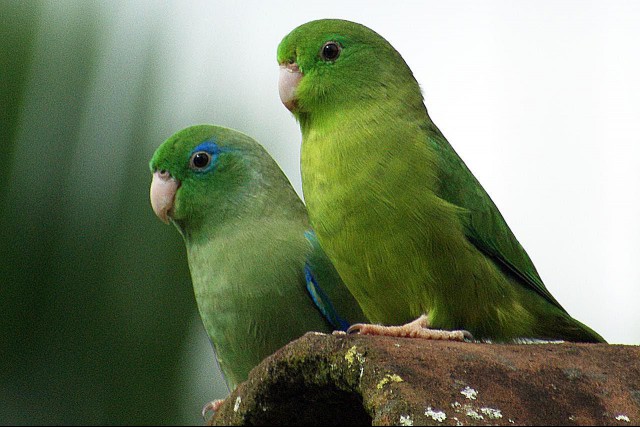
Facts About Parrotlets
Small birds have always been popular as pets, but in recent years, one specific type has seen an as

Bourke's Parakeet (Parrot): Bird Species Profile
Bourke's parakeets are an excellent introductory bird for those new to hookbills or parrots; they h
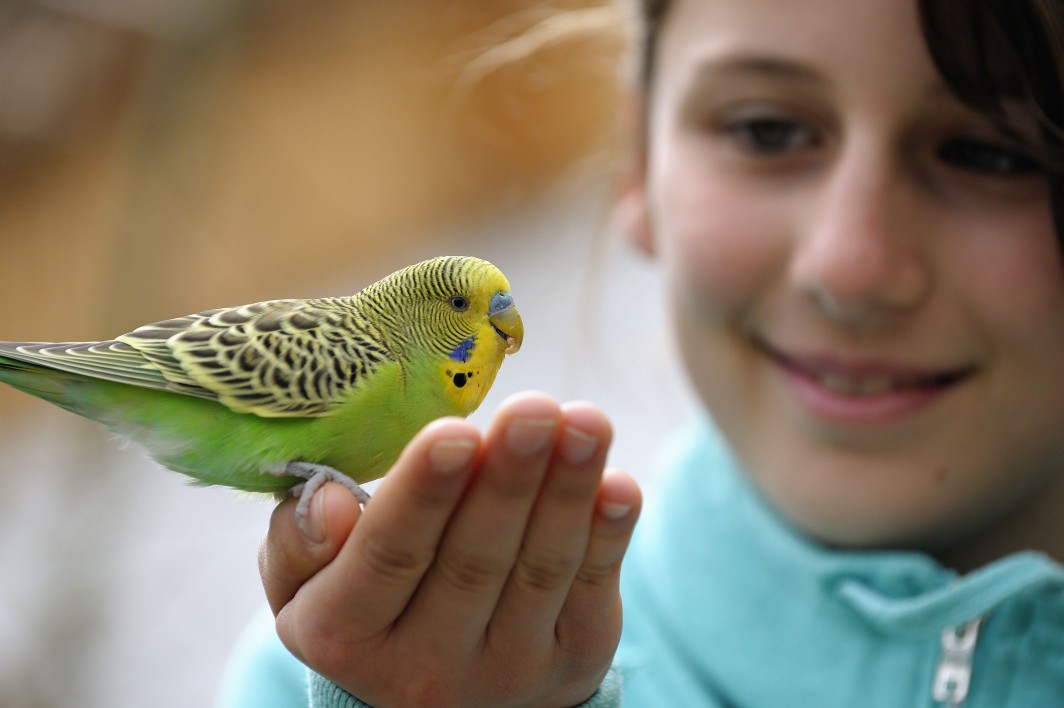
How to Care for a Pet Parakeet
The budgie, or parakeet, is among the smallest of the parrot species commonly kept as pets. They ar
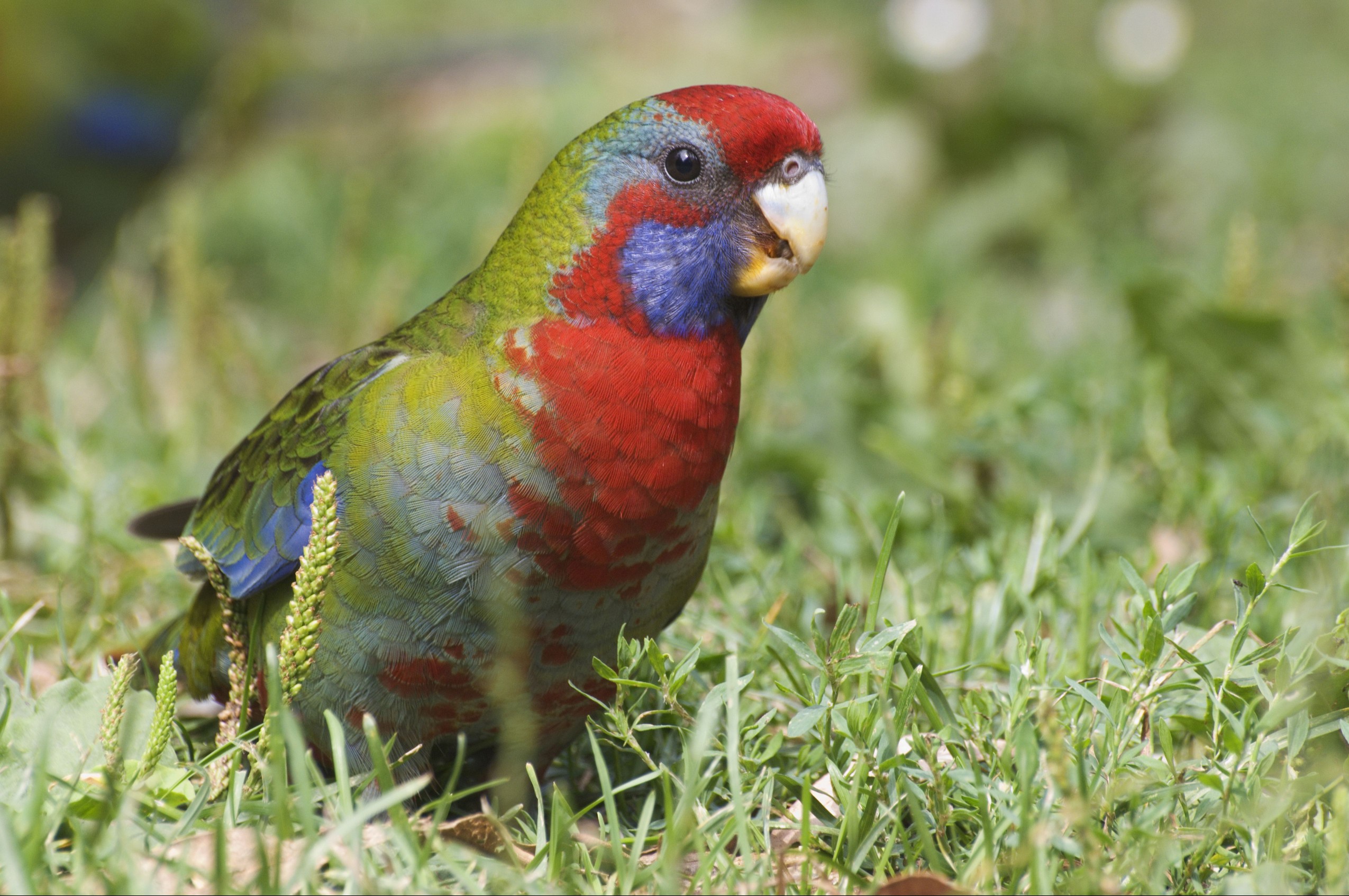
Crimson (Pennant) Rosella: Bird Species Profile
Known for its striking beauty, the crimson (Pennant's) rosella is a popular medium-sized pet p
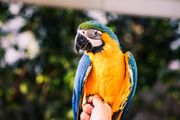
5 Best Large Parrots to Keep as Pets
People often associate the word "parrot" with large, colorful, powerful birds, and rightful
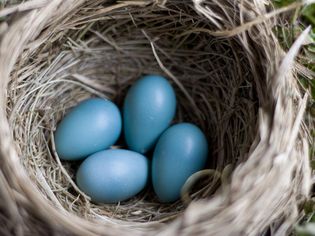
Are Eggs Really Good for My Bird?
It sounds a little odd to feed eggs to parrots. After all, parrots are birds and they lay eggs to p
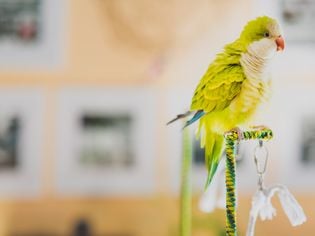
Are Essential Oils Safe for Birds?
Essential oils are becoming more and more popular as a way to do everything from ease anxiety to tr
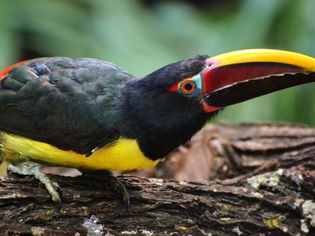
8 of the Most Exotic Pet Birds
Many people are familiar with the most common and popular types of pet birds, such as budgies, finc
About WhiskerClub
We are a premier digital platform committed to delivering high-quality content to our readers. Our mission is to provide accurate, reliable, and engaging information that adds value to our audience's daily lives.
Our team consists of experienced content creators and subject matter experts who uphold the highest standards of professionalism. In an era of information overload, we curate content with care, ensuring our users receive only the most relevant and trustworthy information.
Beyond just reporting facts, we focus on depth and context. Through expert analysis, comprehensive research, and clear presentation, we help our audience gain meaningful insights and make informed decisions.
We take pride in being a trusted information source for our growing community of readers. Our user-first approach means we continuously adapt to provide content that meets our audience's evolving needs and interests.
Innovation and excellence drive everything we do. We're committed to improving our platform and services to deliver the best possible experience for our users.

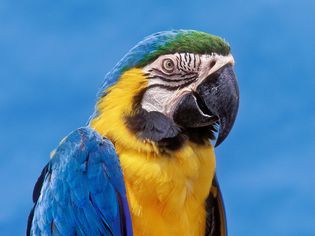
Comments on " Blue and Gold Macaw: Bird Species Profile" :